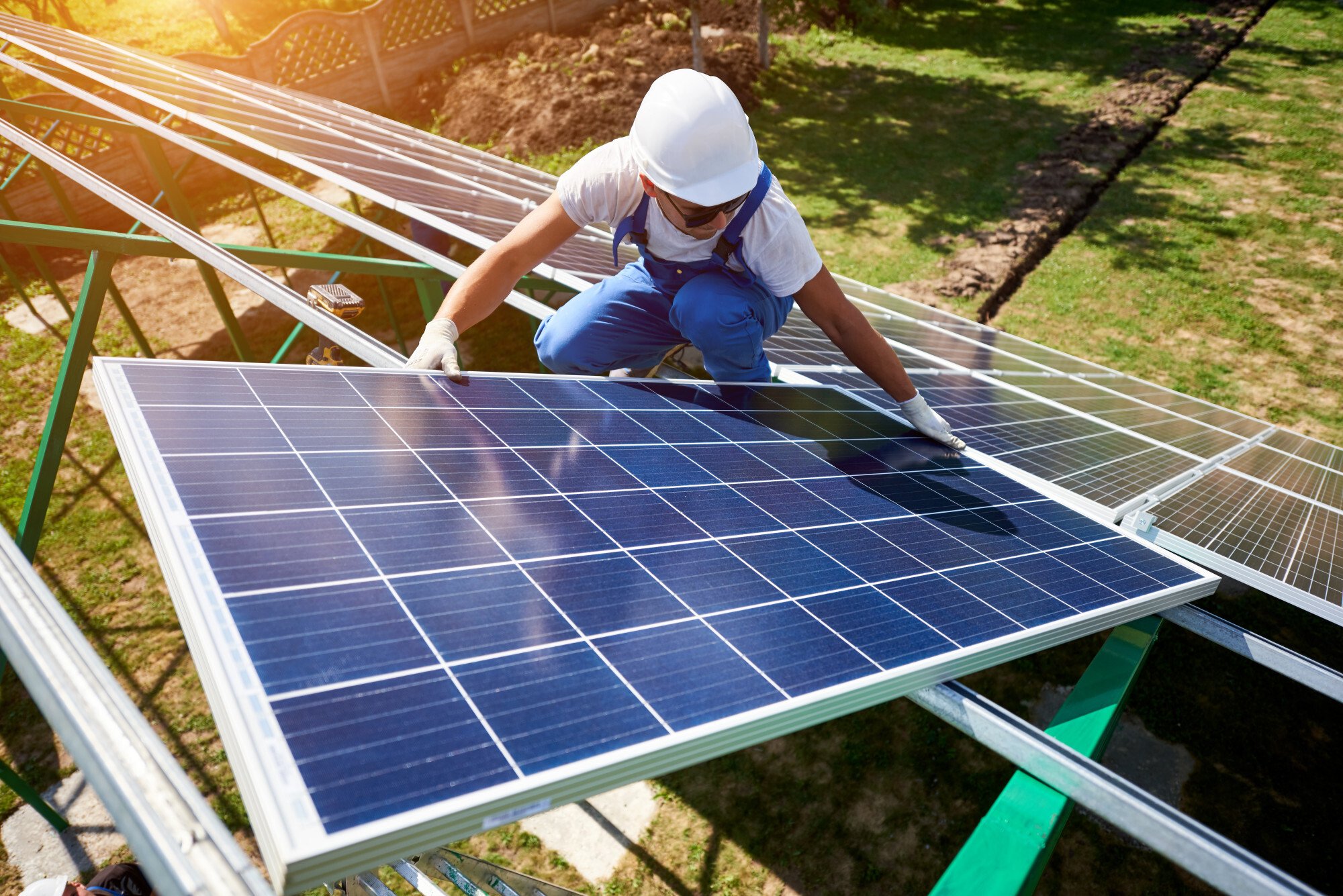Solar Panel Installation - What You Need to Know Before Installing Solar Panels

If you have decided that solar energy is the way to go, solar panel installation in your home or business should be a top priority. Solar power can not only save you money by reducing your monthly utility bills, it can also be a great environmental initiative. In fact, there are many ways that solar energy can be used for good...and bad. The following article focuses on solar panel installation and what you should expect. When you have finished reading this article, you will be prepared to make an informed decision about solar panel installation in your home or business.
First, there are five basic steps to a solar panel installation - your chosen solar business, say brs, will usually follow these in order. Engineering site visits. Document and obtain permits. Order and arrange equipment. Solar power system installation. Finally, optimize your system to maximize power output and reduce your utility costs.
Second, there are some considerations before you start the solar energy system installation process. First, look at your house and consider where you want to place the solar panels. Depending on where you live, you may need to get special permits to install solar panels on your roof or side of your building. Also, be sure to check with your city to see if there are any ordinances or codes that might impact your solar energy system installation. Finally, be sure you get the paperwork regarding your new solar panels so you can legally own the property you are installing them on.
Next, it is time to assess your house and prepare it for your solar panel installation. Most solar panel installation businesses will recommend placing the solar panel equipment on the roof of the largest building in your home. This is usually the best location because the angle and exposure will maximize the amount of sun the panels will receive. Also, the direct path to the sun will minimize solar panels receiving glare. Unfortunately, most houses aren't on top of a large roof, so other methods must be used to install the solar panels. Engage these experts on all your solar installation projects to make them seamless as possible.
Third, if you're installing solar panels on-grid, you'll need to provide your electric meter information to the installer as well as a copy of your power bill. The electric meter shows your energy usage, so having the bills given to you will help the installer to determine how many of your panels they'll need to purchase to run all of your appliances at maximum capacity. Be prepared to provide the installer with your bills, so don't forget them afterward.
Finally, your home's electrical system will have to be altered slightly in order to work with the panels. First off, you'll need to change your breaker box so that it matches the electrical panel. You can do this by purchasing a metal plate or by drilling holes into your home. Then you'll have to run new wiring from the breaker box to the solar panel installation site. Lastly, ask an experienced friend or family member to help you drill and adjust the breaker box, so you can be certain that everything is perfectly lined up and tight. Learn more about solar power on this page: https://en.wikipedia.org/wiki/Solar_power.
